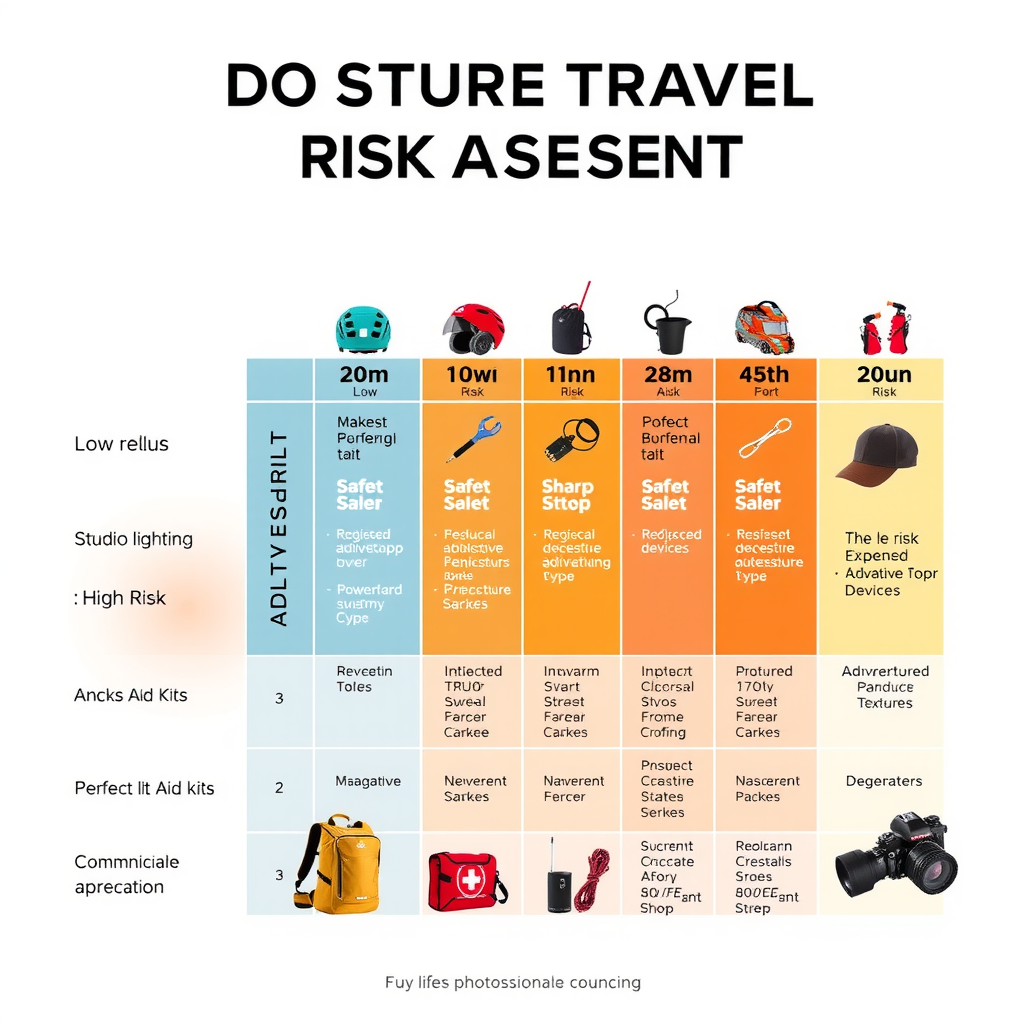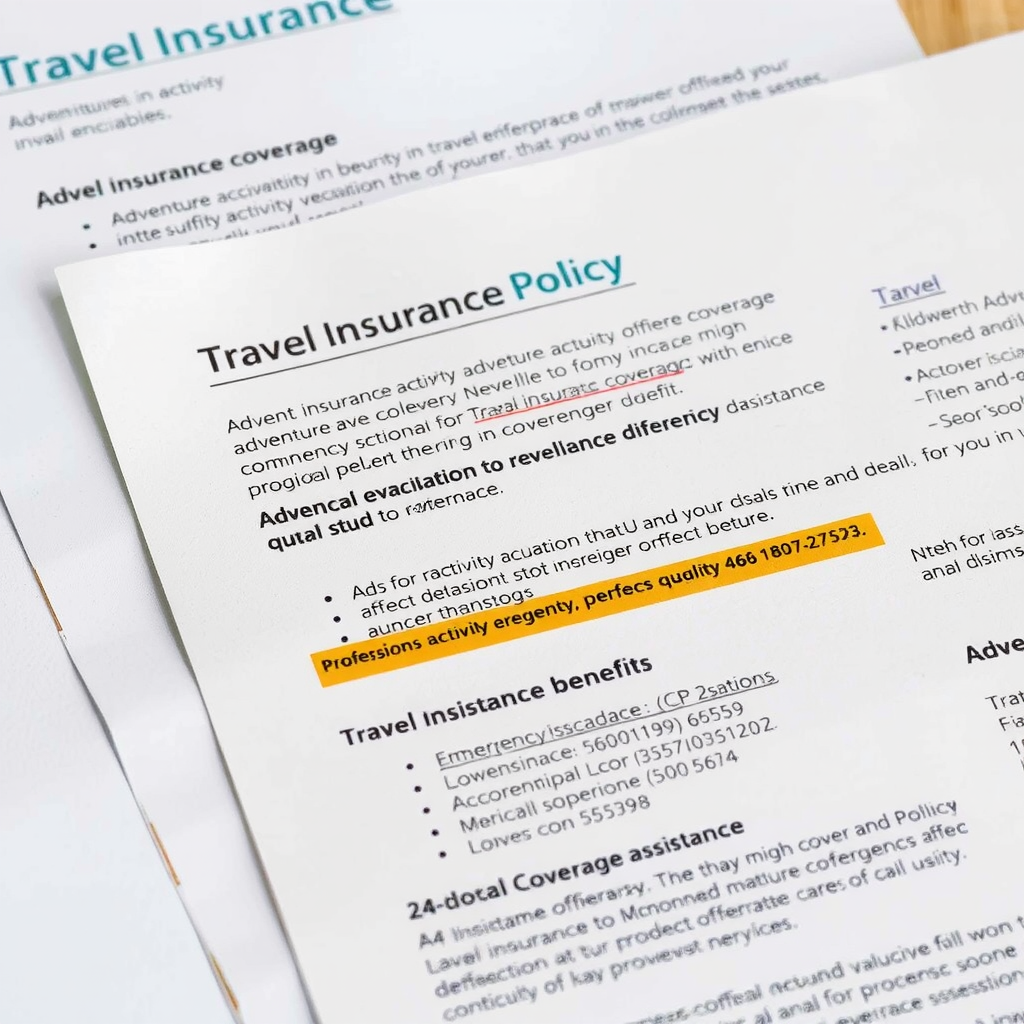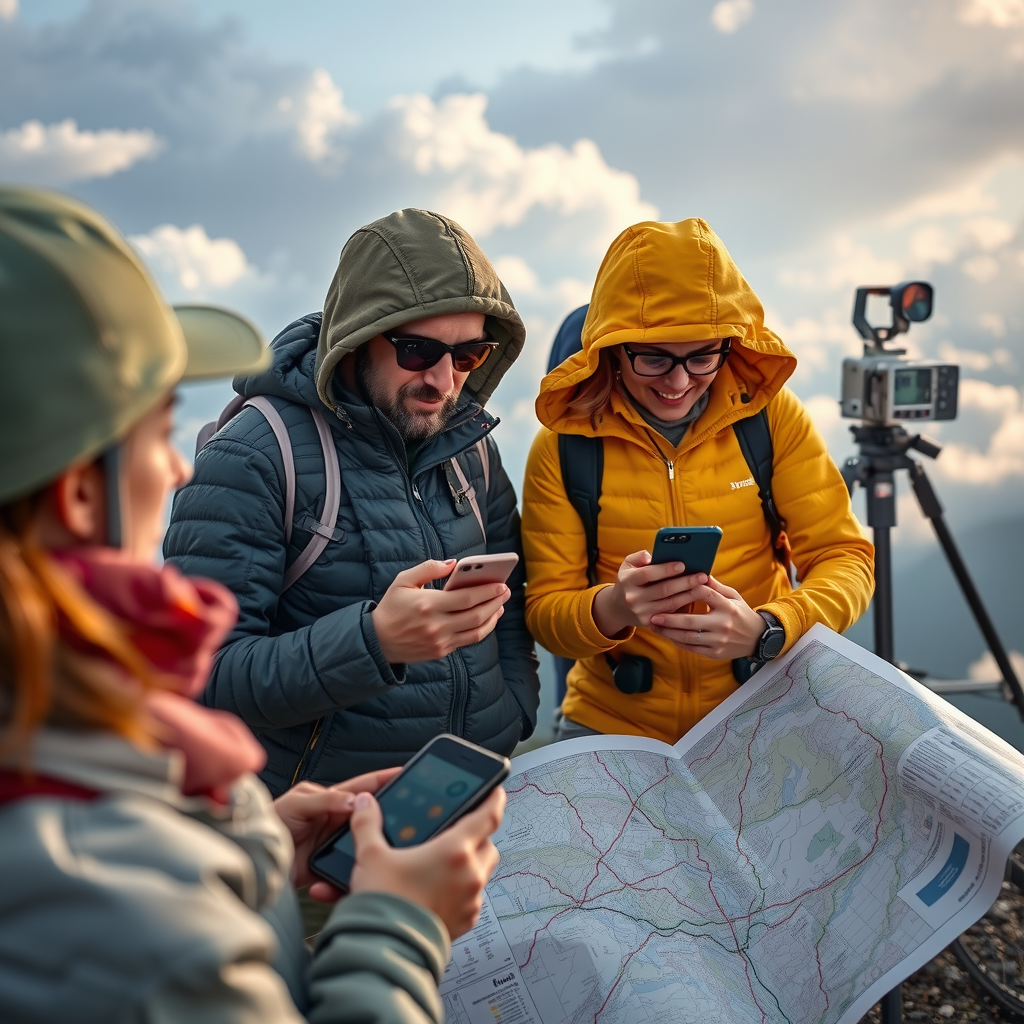Adventure travel offers incredible experiences and unforgettable memories, but it also comes with inherent risks. Whether you're planning to trek through remote mountains, dive into deep waters, or explore challenging terrains, proper preparation and safety awareness are essential for ensuring your adventure remains thrilling rather than dangerous.
Understanding Adventure Travel Risks
Before embarking on any adventure travel experience, it's crucial to understand the specific risks associated with your chosen activity. Different adventures present unique challenges, from altitude sickness in mountain climbing to dehydration in desert expeditions. Research your destination thoroughly, understand the local climate, terrain, and potential hazards you might encounter.
"The best adventure is the one you return from safely. Never let excitement override common sense and proper preparation."

Essential Pre-Trip Preparation
Physical Fitness and Training
Your physical condition plays a vital role in adventure travel safety. Start preparing months in advance by building endurance, strength, and flexibility specific to your planned activity. If you're planning a multi-day trek, practice hiking with a loaded backpack. For water sports, ensure you're a confident swimmer and comfortable in various water conditions.
Consider consulting with a healthcare professional before your trip, especially if you have any pre-existing medical conditions. They can advise on necessary vaccinations, medications, and precautions specific to your destination and planned activities.
Research and Planning
Thorough research is your first line of defense against potential dangers. Study your destination's weather patterns, local customs, political situation, and any travel advisories. Connect with experienced travelers who have visited the area, read recent trip reports, and join online communities dedicated to adventure travel.
Pre-Trip Checklist
- Verify passport validity (at least 6 months remaining)
- Obtain necessary visas and permits
- Get required vaccinations and medications
- Purchase comprehensive travel insurance
- Register with your embassy or consulate
- Create copies of important documents
- Share detailed itinerary with family or friends
- Research emergency contacts at destination

Critical Safety Equipment
Navigation and Communication Tools
In remote areas, reliable navigation and communication equipment can be lifesaving. Invest in a quality GPS device with offline maps, and always carry a traditional compass and physical maps as backup. Modern satellite communicators allow you to send messages and emergency signals even without cell coverage, making them invaluable for wilderness adventures.
Ensure all electronic devices are fully charged before departure and carry portable power banks. Consider solar chargers for extended trips. Learn how to use all equipment before your trip, as fumbling with unfamiliar technology during an emergency wastes precious time.
First Aid and Emergency Supplies
A comprehensive first aid kit is non-negotiable for adventure travel. Beyond basic supplies like bandages and antiseptics, include items specific to your activity and destination. For high-altitude treks, pack medication for altitude sickness. For tropical destinations, include insect repellent and anti-malarial drugs if recommended.
Medical Kit
Comprehensive first aid supplies, prescription medications, pain relievers, and emergency medical information
Water Purification
Purification tablets, portable filters, and backup water treatment methods for safe drinking water
Emergency Shelter
Lightweight emergency bivy, space blanket, and weatherproof shelter options for unexpected situations
Travel Insurance: Your Safety Net
Comprehensive travel insurance is perhaps the most important investment you can make for adventure travel. Standard travel insurance often excludes high-risk activities, so ensure your policy specifically covers your planned adventures. Look for coverage that includes emergency medical evacuation, which can cost tens of thousands of dollars in remote locations.

What Your Insurance Should Cover
Quality adventure travel insurance should include medical coverage with high limits, emergency evacuation and repatriation, trip cancellation and interruption, lost or stolen equipment, and 24/7 emergency assistance. Read the fine print carefully to understand exclusions and requirements, such as whether you need to notify the insurer before attempting certain activities.
Keep your insurance policy details and emergency contact numbers easily accessible, both digitally and in physical form. Share this information with your travel companions and emergency contacts at home. Some insurers offer mobile apps that provide quick access to policy information and emergency services.
Important Warning
Never assume your regular health insurance or credit card travel benefits will cover adventure activities. Many policies explicitly exclude activities like mountaineering, scuba diving, or extreme sports. Always verify coverage before your trip.
Risk Assessment and Decision Making
Knowing When to Turn Back
One of the most crucial safety skills is recognizing when conditions have become too dangerous to continue. Summit fever, the overwhelming desire to reach a goal despite deteriorating conditions, has led to countless accidents. Establish clear turnaround criteria before starting your adventure, such as specific time limits, weather thresholds, or physical condition markers.
Listen to your body and trust your instincts. Fatigue, dehydration, and altitude can impair judgment, making it harder to make rational decisions. If something feels wrong, it probably is. Remember that mountains, trails, and destinations will still be there for future attempts, but you only get one life.

Weather and Environmental Awareness
Weather can change rapidly in many adventure destinations, particularly in mountains and coastal areas. Monitor forecasts regularly and understand how to read natural weather signs. Learn to recognize dangerous conditions specific to your activity, whether that's avalanche risk in winter mountains, rip currents at beaches, or flash flood potential in canyons.
Always have a backup plan and be prepared to modify your itinerary based on conditions. Flexibility is a key component of adventure travel safety. The most experienced adventurers are those who know when to wait out bad weather or choose an alternative route rather than pushing forward into danger.
Working with Guides and Tour Operators
For many adventure activities, especially in unfamiliar terrain or technically challenging environments, hiring qualified guides or joining organized tours significantly enhances safety. Professional guides bring local knowledge, technical expertise, and emergency response capabilities that can prove invaluable.
Choosing Reputable Operators
Research tour operators thoroughly before booking. Look for companies with proper certifications, insurance, and positive reviews from recent clients. Ask about guide qualifications, safety protocols, equipment standards, and emergency procedures. Reputable operators will be transparent about risks and willing to answer detailed questions about their safety measures.
Questions to Ask Tour Operators
- What certifications and licenses do your guides hold?
- What is your safety record and incident history?
- What emergency protocols are in place?
- What is the guide-to-client ratio?
- What equipment is provided and what should I bring?
- How do you handle medical emergencies?
- What are the cancellation and refund policies?
- Do you carry liability insurance?

Maintaining Excitement While Staying Safe
Safety doesn't mean eliminating all risk or adventure from your travels. Instead, it's about managing risks intelligently so you can fully enjoy your experiences with confidence. The most memorable adventures are those where you push your boundaries while maintaining control and awareness.
Start with activities slightly outside your comfort zone and gradually build skills and confidence. Take courses in wilderness first aid, navigation, or specific adventure skills. Join clubs or groups focused on your interests to learn from experienced practitioners. The more prepared and skilled you become, the more adventurous activities you can safely undertake.
Building a Safety Mindset
Develop a habit of continuous risk assessment throughout your adventures. Regularly check in with yourself and your companions about energy levels, weather conditions, and overall comfort with the situation. Create a culture where anyone can voice concerns without judgment, and where turning back is seen as a sign of wisdom rather than weakness.
Document your experiences and learn from each adventure. Keep a journal noting what went well, what challenges arose, and how you handled them. This reflection helps you become a more skilled and safer adventurer over time. Share your knowledge with others in the adventure travel community, contributing to a culture of safety and responsible exploration.
Ready to Plan Your Next Adventure?
With proper preparation and safety awareness, you can explore the world's most exciting destinations with confidence. Remember that the best adventures are the ones you return from safely, with incredible memories and stories to share.
Final Thoughts
Adventure travel offers unparalleled opportunities for personal growth, cultural immersion, and unforgettable experiences. By prioritizing safety through proper preparation, quality equipment, comprehensive insurance, and smart decision-making, you can pursue your passion for exploration while minimizing risks.
Remember that safety is an ongoing practice, not a one-time checklist. Stay informed about best practices in your chosen activities, continue developing your skills, and always respect the power of nature and the limits of your abilities. The world is full of incredible adventures waiting for you, and with the right approach to safety, you can enjoy them all while returning home with amazing stories and the desire to plan your next expedition.
Adventure safely, explore responsibly, and may your travels be filled with excitement, wonder, and safe returns.
